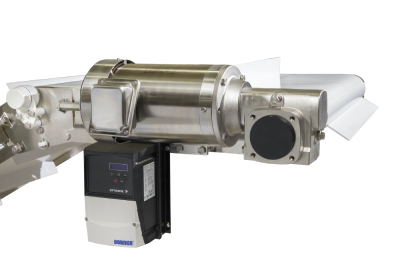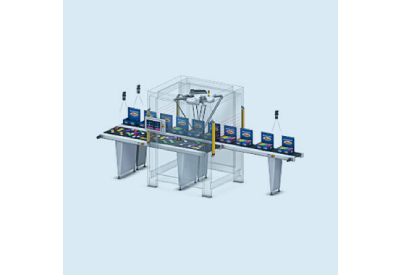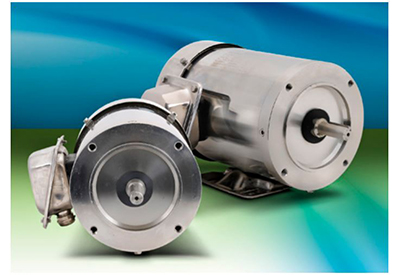Rockwell Automation: Reduce Risk in Your E-house Design

October 17, 2018
By Bruce Hall, Senior Electrical Solutions Engineer, Rockwell Automation
Adding more intelligence to e-houses – while managing multiple vendors and meeting tighter project deadlines – is not easy. But it’s a challenge that you and many other EPCs must meet today.
That’s why more EPCs are turning to an intelligent packaged power system, which consolidates electrical and process control systems into one solution.
A system that unifies electrical and process control can reduce your risks when designing and building an e-house. It can cut the number of vendors you must work with from four or more to one. This, in turn, can reduce your design time and costs. And it can reduce the potential for vendor miscommunication, which can create costly integration challenges.
Also, a unified system allows you to transition from hard-wired to a networked approach. This can reduce your material, labor and documentation costs.
Of course, a unified and digitized system also delivers significant benefits for your customers. It gives them one system for control, visualization, archiving and reporting. It also allows them to access real-time data from intelligent electrical devices (IEDs) to help operations and maintenance personnel make smarter, faster decisions.
But before making the leap to intelligent packaged power, make sure you find a vendor with the right technology and experience to implement it.
Find the Right Partner
In some cases, the automation vendor that already provides your process control system can simply extend their role to provide a unified electrical and process control system.
Such savings can be realized by reducing installation costs, commissioning and startup time, and engineering documentation. For example, instead of individually wiring each component using multi-conductor cables, everything can be connected through one Ethernet cable. Also, an experienced vendor that can integrate third-party products and reduce interfaces can also reduce system packaging costs by 15 percent compared to a “stick-built” e-house.
The vendor you choose should also be familiar with the latest communications protocols. They should be able to use IEC-61850 and EtherNet/IP through IEDs to give customers access to real-time information on equipment and operating conditions.
Gain Peace of Mind
You face too many risks to stick with the traditional multi-vendor approach for designing and developing e-houses. With the right partner, you can use an intelligent packaged power system to confidently deliver smarter e-houses on time, on spec and on budget. Learn more about intelligent packaged power solutions.
Visit Rockwell Automation’s Blog page HERE








